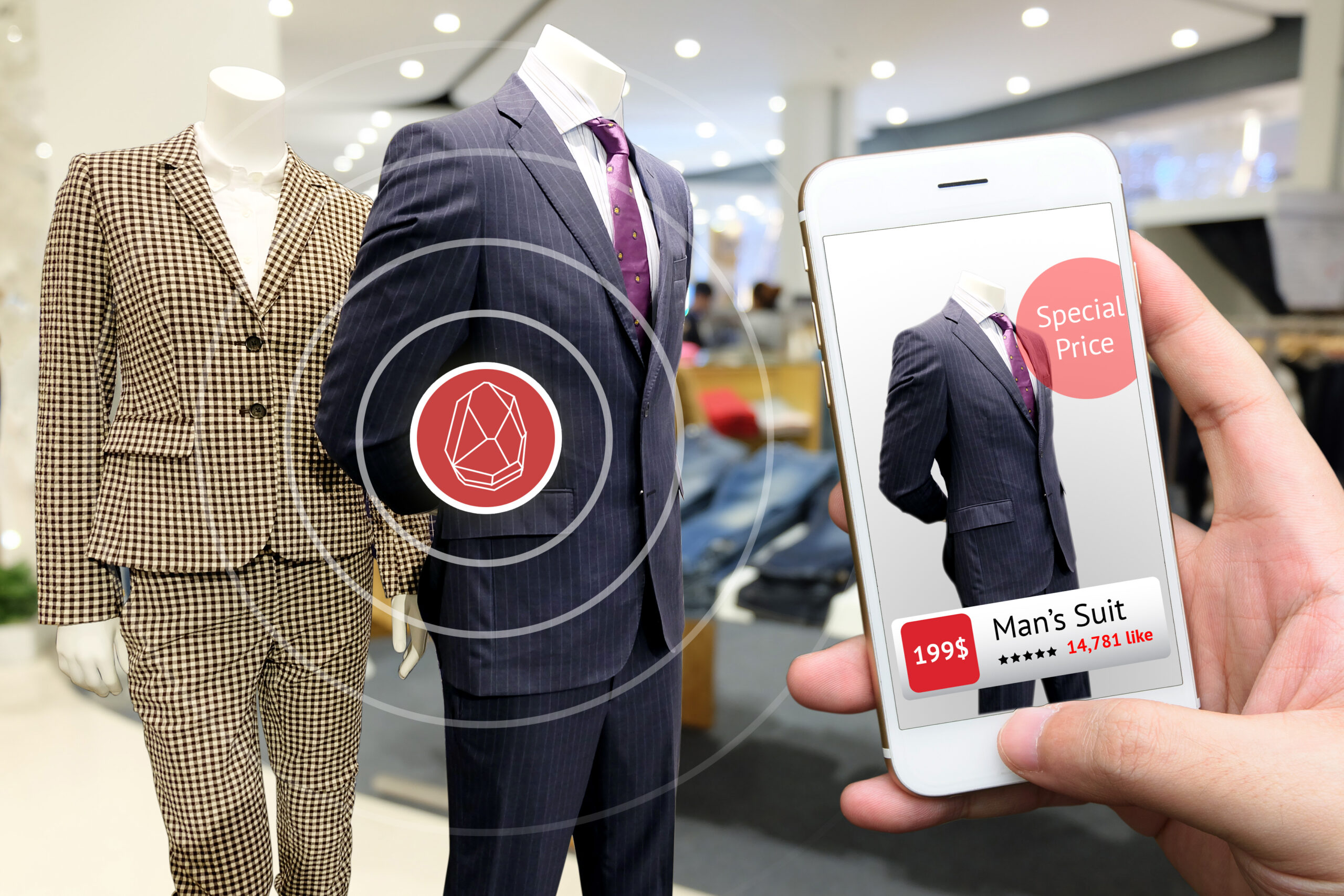At first glance, multichannel marketing and omnichannel marketing appear to be the same thing. Both names indicate that the company using one of these strategies engages customers across multiple marketing channels, understanding that customers today want to reach and engage with companies on various platforms. However, a core difference lies between these two techniques: the cornerstone that the strategy builds with.
The Difference between Multichannel and Omnichannel Marketing
In multichannel marketing, the strategy focuses on the company itself. The brand sees the value of reaching out to customers across multiple platforms, and thus employs separate strategies on each channel in an effort to reach customers. Each platform, such as social media, the website, and PPC functions largely in a separate silo; all working on their own to broadcast the company message and engage customers. Little unity exists between the different channels and communication between them is minimal.
In omnichannel marketing, however, the brand starts with the customer. They approach with the understanding that the customer moves from channel to channel throughout the buyer’s journey and thus work to create a unified experience for the customers regardless of where they might engage with the brand. Whether the customer reaches out through social media, visits the website, reads an email, or clicks on a paid ad, they will receive uniform messages and a consistent experience. The brand also places an emphasis on tracking customers across these different platforms, enabling the organization to deliver a personalized experience that adapts to changing customer needs. A lead who converts into a customer, for example, will have their digital experience and messaging change from enticing to buy to helping get the best ROI possible out of their purchase.
Building the Customer Experience
When it comes to creating a marketing strategy, it is important to remember that one size doesn’t fit all. Customers have become accustomed to a high degree of personalization across digital media. An increase in big data has empowered brands to provide increasingly personalized experiences as they begin to understand customer motivations and how they behave on different platforms.
Customer Data Platforms
When it comes to empowering brands to provide these experiences, the CDP– customer data platform– provides an invaluable asset. These platforms can help medium-sized growth companies, who incorporate many digital platforms into their marketing, to track customer interactions and experiences across different platforms. By consolidating the experiences into actionable behavior data, brands gain a more complete picture of what customers look for and what they want to see. This allows businesses to improve the personalized experience that they provide to leads on their digital platforms. The information will then guide their sales team to create more individualized pitches and speak directly to the desires of the targeted customer.
The Importance of Delivering Personalized Experiences
With customers consuming information across many different digital platforms, their buying patterns reflect their desire in a personalized experience. In fact, the customers who engage with brands across 3 or more platforms end up spending an average of 13 percent more when they convert. Creating these holistic experiences helps to nurture the relationship between brand and consumer, encouraging purchases.
Remember, each customer who engages with your brand on different digital platforms is at different points in their buyer’s journey. They might have various considerations they need to weigh as they prepare to make a purchase. Creating a consistent experience, regardless of which platform the customer is using online, makes it easier to continue to coax them through the journey. They engage with material appropriate for their current decision-making, and as they get closer to converting, that messaging should shift to keep them engaged.
As customers consider their purchase options and engage with brands online, they will naturally respond differently to information and pitches on different platforms, depending upon their unique place in the buyer’s journey and personal factors. Omnichannel allows you to anticipate these differences, explaining why purchase frequency is 250 percent higher through omnichannel marketing.
If you want to take advantage of the power of omnichannel marketing, consider how you can create these customer-centric strategies. Reach out to us at the Pollock Marketing Group to help you get started and maximize your digital presence. We will help your funnel engage your customers and create a consistent experience across your digital channels.

